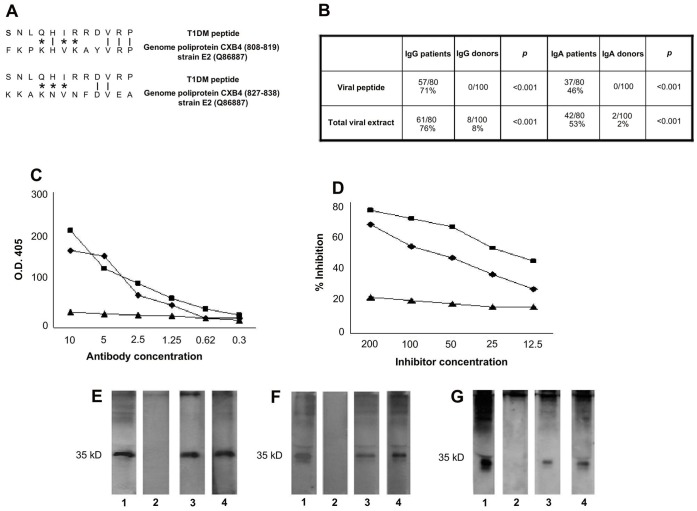Figure 1. T1DM peptide shares sequence homology with genome poliprotein CXB4 and induces crossreactive antibodies.
A, Sequence homology between T1DM peptide and the genome poliprotein CXB4, analyzed by the basic local alignment search tool using the National Center for Biotechnology Information (NCBI) network service. Vertical line = identical amino acids; asterisk = conservative substitutions B, Frequency of the binding of patients’ sera to COXSA peptide and to total viral extract evaluated by ELISA test. C, Direct binding of affinity-purified antibodies against T1DM (black rhombus), COXSA (black square) and irrelevant (black triangle) peptides, to COXSA synthetic peptide. Data represent absorbance at 405 nm (vertical axis) and antibody concentration µg/ml (horizontal axis). D, Binding of affinity-purified antibodies against COXSA peptide is inhibited by T1DM (black rhombus), COXSA (black square) peptides but not by an irrelevant (black triangle) peptide. Data represent inhibition percentage (vertical axis) and the inhibitor concentration µg/ml (horizontal axis). E, Immunoblot analysis of total viral extract revealed with a commercial positive control IgG (Lane 1) or with antibodies affinity purified against the T1DM peptide (Lane 3) or against the COXSA peptide (Lane 4) or against the irrelevant peptide (Lane 2). F, Immunoblot analysis of total viral extract revealed with a commercial positive control IgG (Line 1) or with IgG from a healthy donor’s serum (Lane 2), or with IgG from two different type I diabetes patients’ sera (Lanes 3 and 4). G, Immunoblot analysis of total viral extract revealed with a commercial positive control IgA (Lane 1) or with IgA from a healthy donor’s serum (Lane 2), or with IgA from two different type I diabetes patients’ sera (Lanes 3 and 4).

